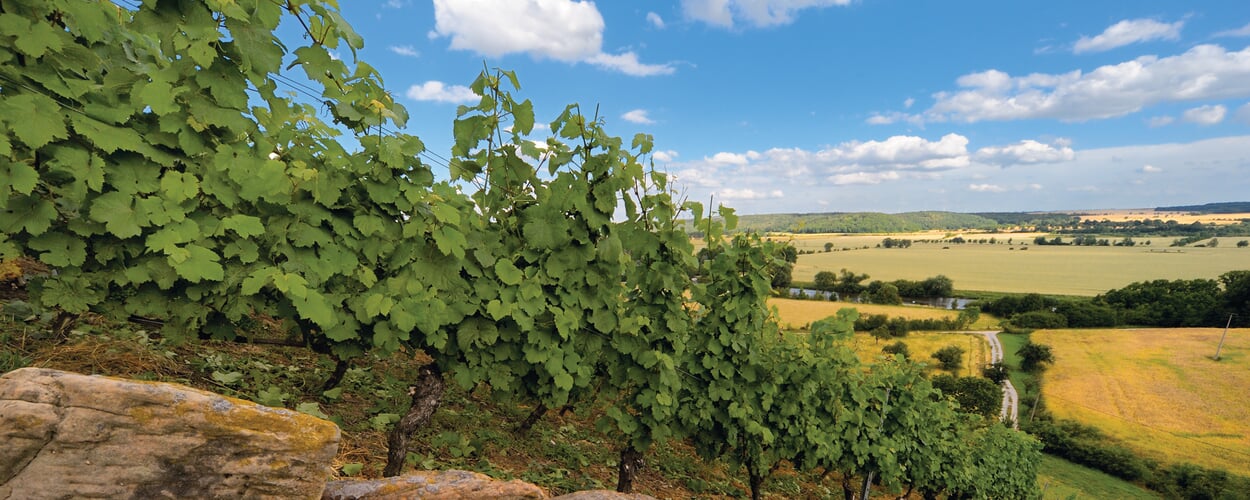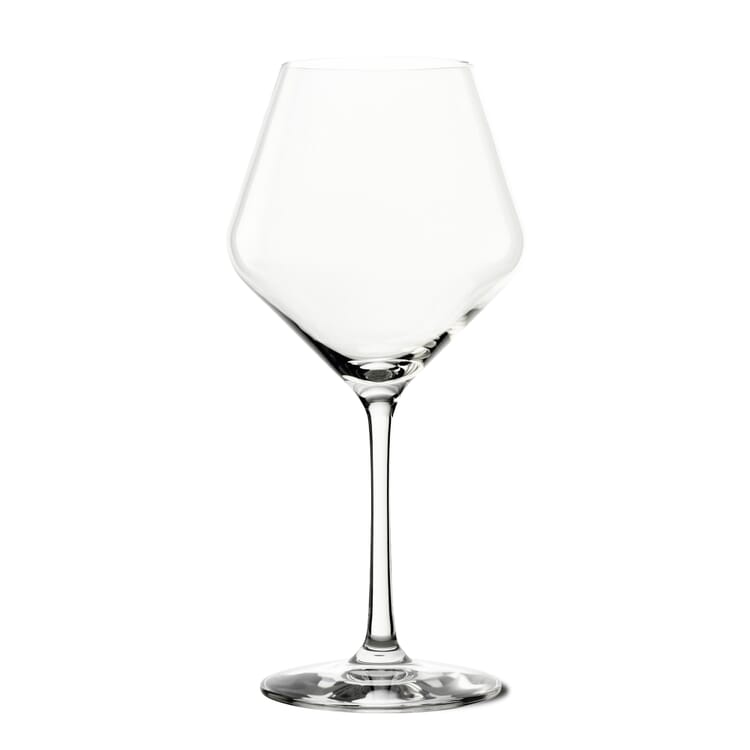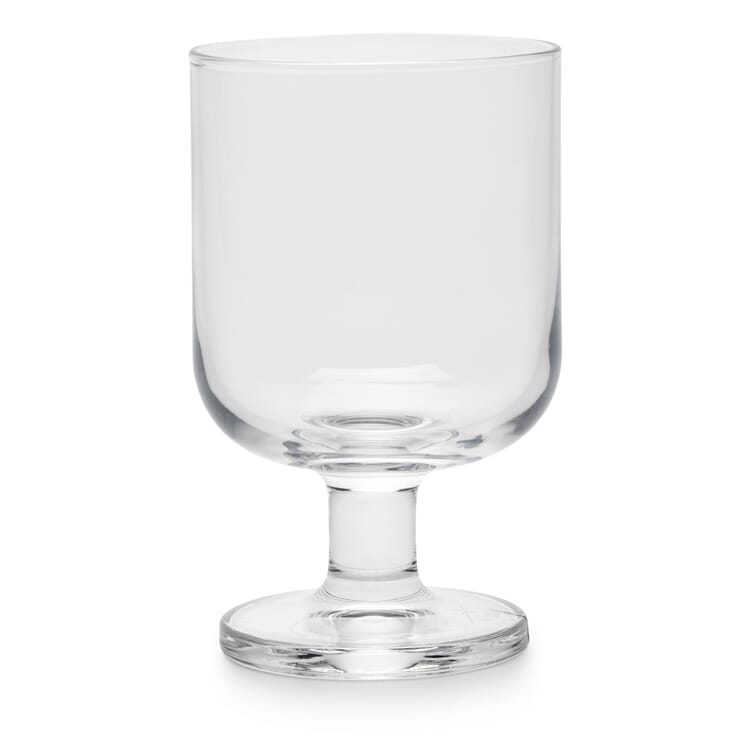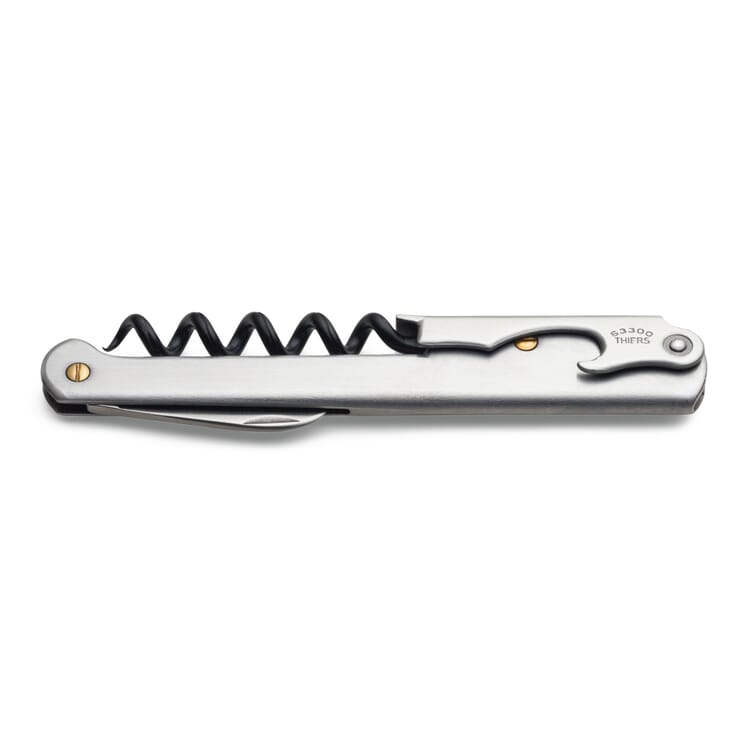Gutes aus Klöstern
Wines from Pforta Monastery
876 years ago, the Zisterziensermonastery Sancta Maria ad Portam was founded near Bad Kösen - Pforta Monastery for short. The monastery was dissolved as early as 1540, but the vineyards continued to exist and survived the division of Germany. Today, Kloster Pforta as a state winery is the northernmost wine-growing region of Germany with the geographical designation Saale-Unstrut. One of the oldest documented vineyards in Germany is still cultivated there: the Pfortenser Köppelberg, which was already part of Pforta's core stock in the founding period. It has predominantly southern exposure with shell limestone weathered soils. Then there is the Gosecker Dechantenberg, which has been a terraced site since 1080, with red sandstone soil and a full southern exposure. Finally, the partly very steep southwestern slopes of the Saalhäuser belong to the top sites of the whole area. Certainly, the Saale-Unstrut area is not the warmest region where viticulture is practiced, but it is low in precipitation and protected. A considerable number of grape varieties are cultivated in the vineyards, which prove how the sites are again divided according to microclimates. Characteristic of Pforta is therefore a considerable range of carefully vinified site wines, some of which feature old vines.
























